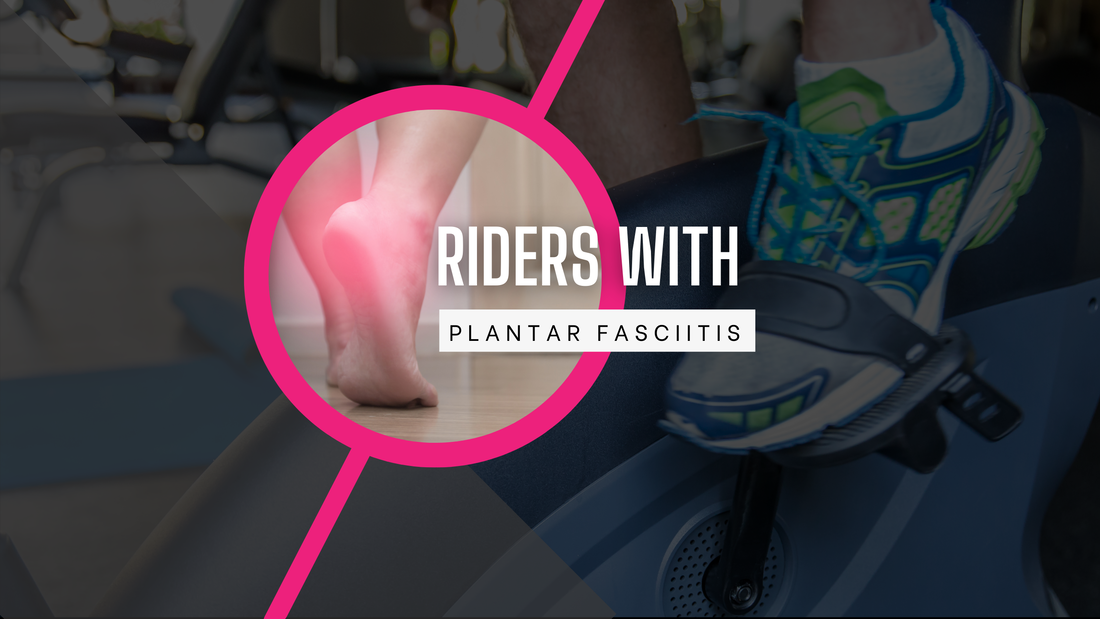- ICI staff As with all rider health conditions, medical advice is strongly recommend and this article in no way is intended to replace the advice of a registered health professional.Plantar fasciitis is a common foot condition characterized by inflammation and pain in the plantar fascia, a thick band of tissue that runs along the bottom of the foot, connecting the heel bone to the toes. This condition typically causes stabbing or sharp heel pain, particularly with the first steps in the morning or after periods of rest. The exact cause of plantar fasciitis is not always clear, but it is often attributed to:
To avoid indoor cycling exacerbating it due to the repetitive motion and pressure on the feet, here are some tips to help relieve plantar fasciitis:
0 Comments
Leave a Reply. |
Categories
All
|
Quick links
Get started
|
Find what's right for you
|
Courses
|
Further learning
|
More
|
The Indoor Cycling Institute provides the most comprehensive and up to date indoor cycling instructor training; providing entry-level courses, and further education to raise the standard of instructors.
© 2014-2024 Protheorem Ltd
The Indoor Cycling Institute is owned and operated by Protheorem Ltd Registered in England & Wales, Company number 12812092
The Indoor Cycling Institute is owned and operated by Protheorem Ltd Registered in England & Wales, Company number 12812092




